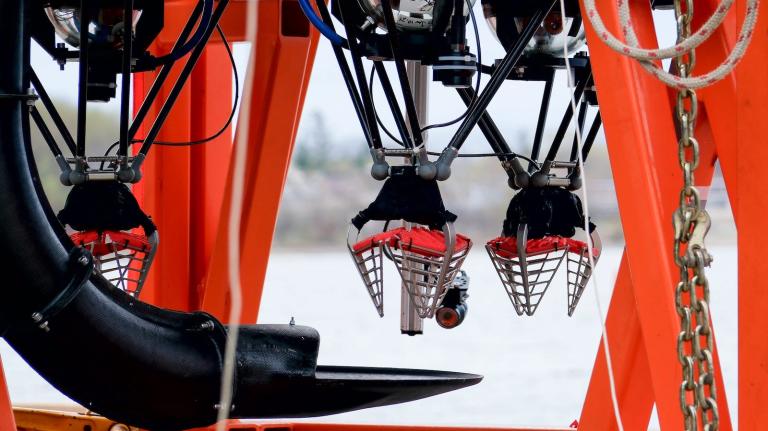Let me pull a few excerpts from a recent WSJ story on the progress of GE’s much-touted "ecomagination" campaign:
“I don’t want to change the economic flow of the company,” [CEO Jeffrey] Immelt says. So GE continues to sell coal-fired steam turbines and is delving deeper into oil-and-gas production. Meanwhile, its finance unit seeks out coal-related investments including power plants, which are a leading cause of carbon-dioxide emissions in the U.S.
Secure · Tax deductible · Takes 45 SecondsSecure · Tax deductible · Takes 45 Seconds…
Counting the emissions was a big challenge for a company with more than 3,000 facilities in 73 countries. One nettlesome question: How should GE count emissions from power plants in which its financing arm owned a stake?
Executives from the finance unit argued against counting the emissions, according to people familiar with the matter. The executives worried that counting the emissions could limit their investments and force them to cut emissions, under Mr. Immelt’s initiative. The executives argued that GE shouldn’t count these emissions because it didn’t operate many of the plants. For the moment, these executives prevailed.
GE’s first official inventory estimated its 2004 emissions of global-warming gases at 11.26 million metric tons, roughly equal to the emissions from two million cars. It did not include emissions from GE’s power-plant investments, an unknown but unquestionably significant amount.
…
Still, she says business leaders decide how hard to push ecomagination in each unit. In some cases, that’s meant deeper GE ties to coal. In September 2005, the same month Ms. Bolsinger took her post, GE’s energy-financing unit hired a coal-industry veteran and said it hoped to finance more coal-fired plants. “We have targeted coal as a growth area,” Matthew Siegel, the unit’s managing director for strategic services, said in a statement at the time.
In 2006, GE’s energy unit agreed to sell $600 million in steam turbines to TXU, which planned to quickly build 11 new coal-fired power plants. “At the end of the day if [customers] want to buy supercritical steam turbines, [GE] is going to sell them supercritical steam turbines,” Ms. Bolsinger says.
…
In May, GE issued a new emissions inventory, including some from its partially owned power plants. The change added roughly 10 million metric tons of carbon-dioxide emissions, bringing GE’s total to more than 20 million metric tons. GE executives say that whether and how to count these emissions is a complex process that is still evolving.
GE still did not include emissions from other power plants in which it owns a stake but are leased to utilities. One such Pennsylvania plant, Homer City, 90% owned by GE, emits almost 12 million metric tons of CO2 a year, more than all of GE’s industrial operations.
…
Mr. Immelt says GE will continue to invest in coal-fired plants when the economics make sense. “I don’t want to say no coal,” he says.
Sorry to be a broken record, but as long GE is responsible for financing and building dirty coal plants, the balance of their effect on the atmosphere is overwhelmingly negative, million-dollar PR campaigns notwithstanding.


